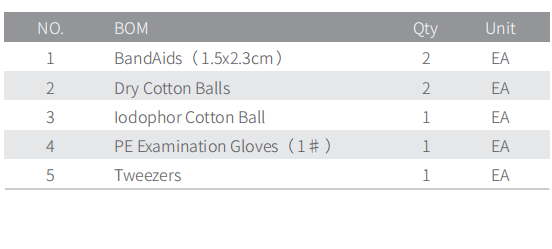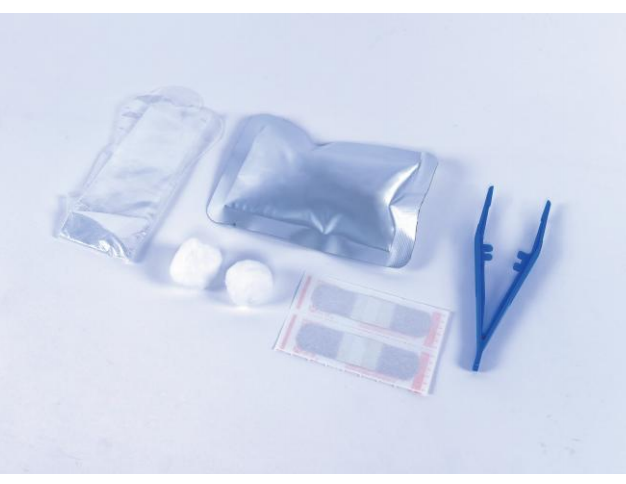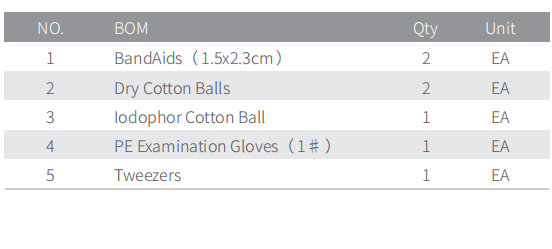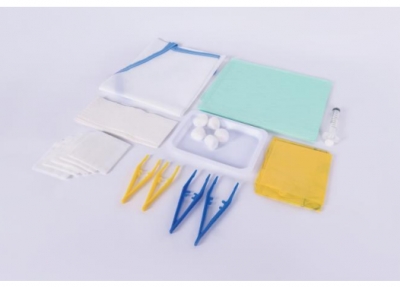Debridement Kits in Surgical
| Name: | Debridement Kits in Surgical |
| Model No.: | Debridement Kits |
| BRAND: | BESCO |
| Packaging: | Carton |
| Keywords: | Debridement Kits,Debridement Kits in Surgery,Medical Debridement Kits,Debridement Kits for Medical Use |
| MOQ: | 100 PACKS |
| Sample: | Available |
| LEAD TIME: | 15 DAYS |
| Certificates: | CE |
| Country of Original: | China |
| Paymetn Term: | T/T in advance |
| Stock: | Available |
| Factory Address: | Changyuan,China |
| Office: | Zhengzhou,China |
| Inquiry |
Product Description
Debridement kits

A debridement kit is a prepackaged, sterile set of disposable instruments and supplies used by medical professionals to remove dead, damaged, or infected tissue from a wound, a procedure known as debridement. These kits are designed for convenience and efficiency, often containing items like scalpels, forceps, scissors, gauze, and prep pads, all arranged in order of use for streamlined patient care.
Purpose of Debridement Kits
Wound Management:
They are crucial for promoting wound healing by clearing away non-viable tissue that can impede the growth of new, healthy cells and hinder recovery.
Infection Control:
Removing dead tissue reduces the risk of bacterial growth and infection.
Standardization:
Kits help standardize product usage and control supply costs for healthcare facilities.
Emergency Preparedness:
Prepackaged kits are ideal for emergency situations, providing quick access to essential tools.
Common Components
Contents can vary, but typical items found in a debridement kit include:
Instruments: Scalpels, Iris scissors, forceps (like Adson or metal insert forceps).
Wound Cleaning Supplies: Gauze pads, alcohol prep pads, or other antimicrobial wipes.
Protective Gear: Disposable gloves.
Packaging: A sterile, disposable tray or bag for organization.
How They Are Used
1. Preparation:
A sterile debridement kit is opened in a clean environment.
2. Cleaning:
The wound is often cleaned with a saline solution or other appropriate agent.
3. Tissue Removal:
Using the sterile instruments, the healthcare professional carefully cuts and removes dead or necrotic tissue from the wound bed.
4. Disposal:
All components are then disposed of safely after use, ensuring proper sterile technique.




 Send Email
Send Email